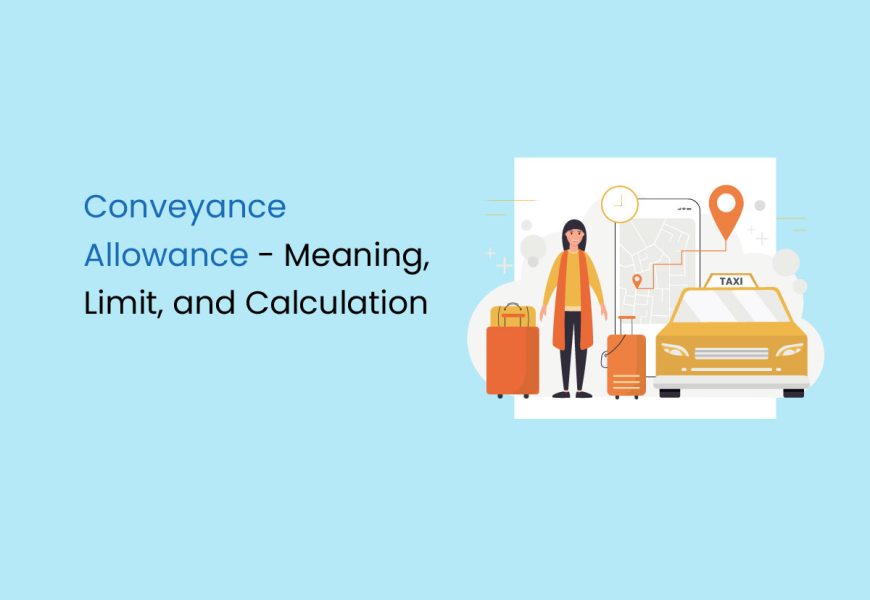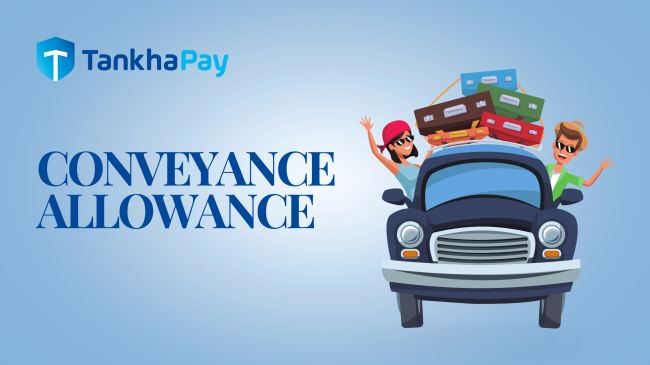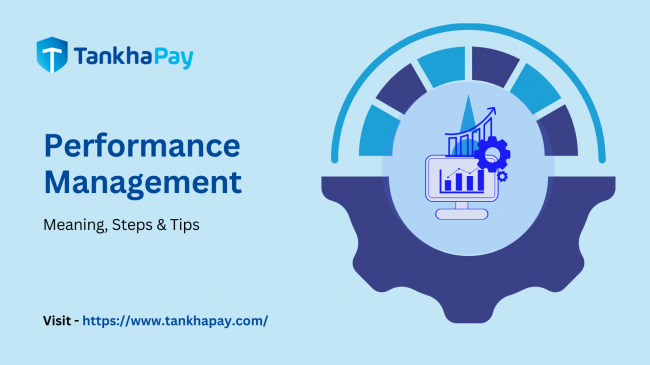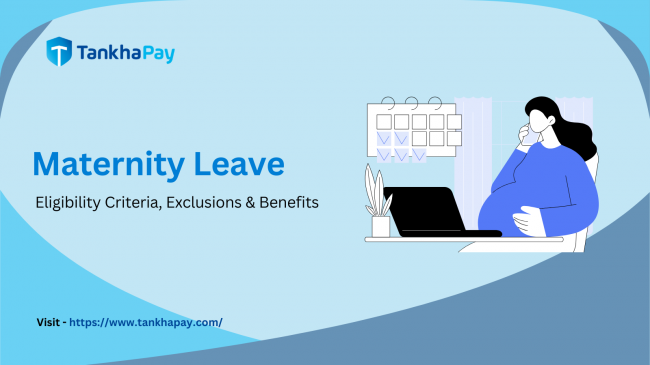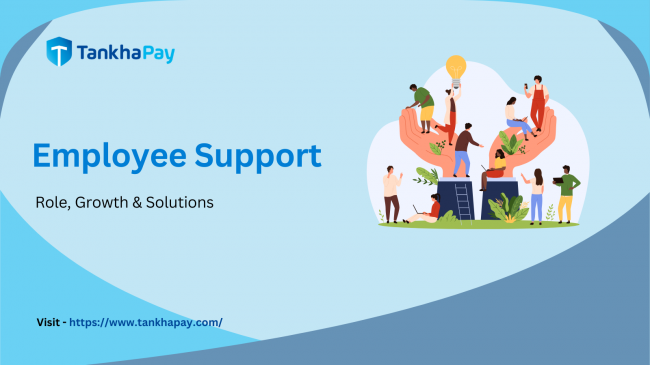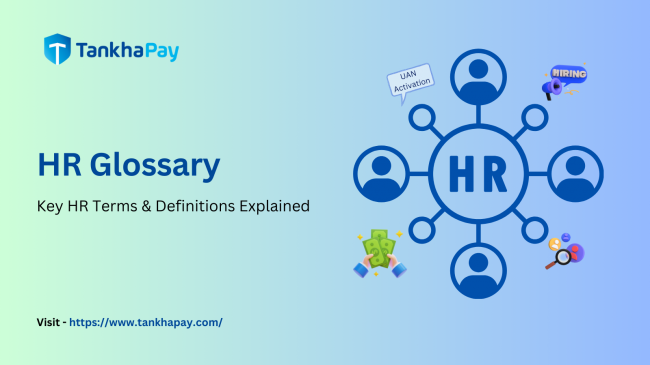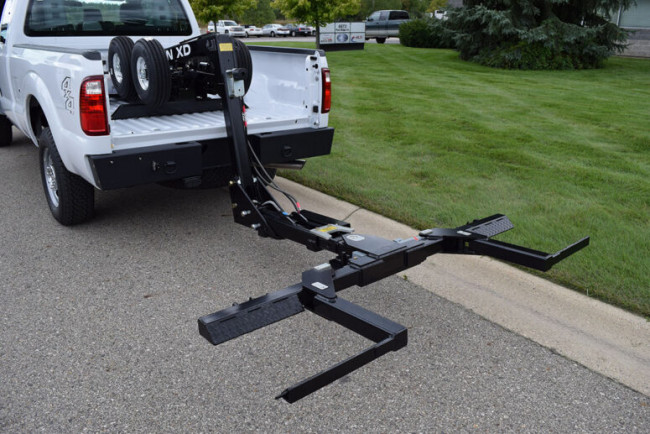Understanding Conveyance Allowance: Features, Benefits, and Calculation Methods
Employees frequently require travel to various destinations for business purposes, resulting in expenses incurred by the company. This reimbursement, commonly known as a travel allowance or travelling allowance, represents a valid business expense and falls within the financial responsibility of the company.
The allowance is intended to assist employees with their daily commute to and from work and is specifically designated to cover business travel expenses. It recognizes the financial difficulties of commuting and helps to reduce the costs of navigating modern transportation systems. Employers provide these allowances as a token of appreciation for outstanding performance. They're included in the employee's salary to offset expenses while carrying out their official duties. Additionally, they offer tax benefits that employees can claim when filing their returns.
What is the Conveyance Allowance
A conveyance allowance is primarily a payment or reimbursement offered to the employee who is travelling to and from work daily. It is usually offered to the employee when the company does not provide any transport travel facility to commute to and from the employee's residence.
The amount of the conveyance allowance may vary depending on the employer's policy, the distance between the employee's residence and the workplace, and the mode of transportation used.
Conveyance Allowance Features
A conveyance allowance is provided to salaried employees as compensation for the expenses they incur when travelling to and from their workplace.
Companies that offer transportation facilities to employees are not required to offer conveyance allowance.
The employee does not need to provide any documents, receipts, pay slips or any other proof of receiving conveyance allowance from employers.
If the employees have not been offered or provided with a company transport facility, they can utilize conveyance allowance benefits, regardless of the actual transport expenditure.
Employees must maintain proof of their conveyance expenditure, such as fuel receipts, tolls, parking, and other travel-related expenses when filing for tax claims.
Conveyance allowance may be grouped with other allowances such as Special Allowance.
The exemption limit for every salaried individual is set at INR 1,600 per month or INR 19,200 per year.
The amount payable as an allowance depends on the distance the employee must travel and the modes of transportation used. As the employee travels a greater distance, the conveyance allowance amount increases accordingly.
Subsection 14 of section 10 of the Income Tax Act, 1961, read with rule 2BB of the Income Tax rule, deals with the exemption of conveyance allowance. An amount paid above the limit of conveyance allowance would be chargeable to tax under the head income from salaries. An annual exemption of INR 19,200 is applicable under section 10(14)(ii) of the Income Tax Act.
Special Exemptions and Provisions
Certain individuals may qualify for a higher level of exemption based on specific provisions. These categories include:
Visually impaired or physically handicapped employees are eligible for a conveyance allowance deduction of Rs. 3,200 monthly, irrespective of the organization's private or public nature.
UPSC members, under Section 10 (45) of the Income Tax Act, are exempt from paying tax on conveyance allowance.
How to Calculate Conveyance Allowance?
The calculation of conveyance allowance does not follow a specific formula. It is simply based on the employee’s basic salary. There is no prescribed limit on the amount of conveyance expenses that a company can provide to its employees. However, if the amount exceeds the exemption limit, it becomes taxable.
The tax exemption limit for conveyance allowance is Rs. 1,600 per month. regardless of the employee’s income tax bracket. If an employee receives any special taxable allowance, they can use Rs. 1,600 of it as a conveyance allowance and get a tax exemption.
Any allowance exceeding this limit is included in an individual's taxable income under the category of 'Salaries' and is subject to taxation based on the applicable income tax slab.
Example:
ABC Company confidently provides its employees with a fully taxable monthly special allowance of Rs. 6000. An employee can consider Rs. 1,600 from the Rs. 6000 as a conveyance allowance and seek tax exemption for it. However, it is advisable to consult a tax expert before claiming tax exemptions for the conveyance allowance.
Travel Allowances for Central Government Employees
Conveyance allowance is paid by employers to their employees only if there are no company transportation facilities available. This allowance is calculated as a part of the basic salary of the employee and up to a specific amount, exempt from taxation.
[Image]
Consolidated Travel Allowances
An authorized official may provide a permanent monthly travel allowance to any public employee whose job responsibilities necessitate frequent travel.
Such an allowance shall be in lieu of all other forms of travelling allowance for a journey within the Government servant's sphere of duty and may be drawn all year round, whether the Government servant is absent from his headquarters or not.
A permanent travelling allowance shall not be drawn during leave, temporary transfer, or joining time or, unless otherwise expressly provided in the rules in this chapter, during any period for which travelling allowance of any other kind is drawn.
A Consolidated Travel Allowance replaces various transportation allowances for government officials commuting within their duty limits. Any government employee required to travel for work is eligible to receive this allowance, sanctioned by a competent authority.
The employee can claim a permanent travelling allowance, even when stationed at headquarters throughout the year.
The employee is ineligible for this benefit during joining periods, temporary leaves, or transfers unless specified in the chapter rules allowing for the drawing of any type of transportation allowance during those periods.
Conveyance Allowance Exemption Deduction
Besides the conveyance allowance, which exempts your taxable income (salary) from tax, there are other options for reducing your tax obligation. These include:
Plans for life insurance provide useful tax advantages. Upto INR 1.5 lakh of the premiums paid may be deducted from taxable income under Section 80C. The death benefit of the policy is entirely tax-free. Section 10 allows you to claim a tax deduction if your premium was within 10% of the sum assured.
Health insurance plans are also tax deductible. Section 80D of the Internal Revenue Code permits for tax-free deductions for health insurance premiums. The maximum deduction is INR 25,000 for normal taxpayers and INR 50,000 for senior citizens. You may deduct more funds if you get health insurance for your parents. The maximum deduction would likewise be INR 25,000 or INR 50,000, depending on your parents’ ages.
Contributions to the PPF plan, NSC, SSY, SCSS, 5-year fixed deposits, and so on are also tax deductible under Section 80C, up to a ceiling of INR 1.5 lakhs.
ELSS mutual fund programmes permit tax advantages on investments made under Section 80C regulations.
According to Section 80C, the loan principal you repay is deductible as a business cost. Sections 24(b) and 80EEA both allow the use of paid interest as a tax-free item. However, the deduction under Section 80EEA is subject to a few conditions.
Examine your wages to see whether your employer gives a transport allowance. If your employer does, you may reduce your tax liability by claiming a tax exemption on the amount.
FAQs About Conveyance Allowance
Q.1 What is the difference between Conveyance and Transport Allowance?
Conveyance allowance caters to transportation expenses during official duties, while transport allowance is designated for commuting between home and work.
Q.2 How much transport and conveyance allowance can I claim?
Conveyance and Transport Allowance are completely exempt from tax. However, up to FY 2017-18, a Transport allowance of up to INR 1600 monthly or INR 19,200 annually was claimable as an exemption. Starting from FY 2018-19, it was replaced by a standard deduction.
Q.3 Can I claim reimbursement for relocation expenses as exempt?
Reimbursement for relocation expenses can be claimed as exempt by providing proof or invoices for the actual expenses incurred.
Conclusion
The conveyance allowance is a crucial part of many compensation packages as it helps employees manage their commuting expenses. It eases financial burdens, encourages talent retention, and contributes to enhanced job satisfaction and a more motivated workforce.

